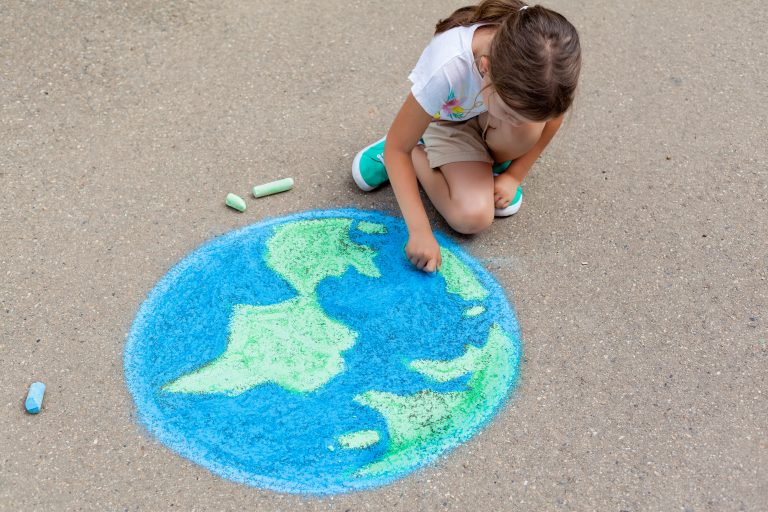Dallas ISD’s latest sustainability effort is on track to save the district over $1 million every year.
Only one year after pledging to reduce carbon emissions, Dallas ISD has observed a 96.9% reduction in its carbon footprint after switching to clean energy and a 19.1% reduction in overall electricity and natural gas usage.
David Bates, assistant superintendent for Maintenance and Facility Services, and Bryant Shaw, manager of the Sustainability Department, presented the findings to the Dallas ISD Board of Trustees during the April 7 Board Briefing.
“It was this board’s action that you took when you passed a green resolution that forced the district to be intentional and look at strategic abandonment and what we can do differently in order to reduce the carbon footprint of our city,” Bates said. “That’s exactly what we did. In May of 2020, we switched to wind and went to 100% renewable energy for our district.”
Dallas ISD already had a constant decline in carbon dioxide emissions from energy use since 2014. On Earth Day of 2020, the district reported a total of 399,146 tons of CO2 emissions, its lowest to that date. This year, the district’s total emissions decreased to 15,114 tons.
“The historic event that was the renewable energy contract with Reliant took effect in May of 2020. Now, all of our emissions from energy use are due to the natural gas that we’re burning and using in schools,” Shaw said. “We looked at data from the second quarter and we’re reducing – by $300,000 each quarter – the amount of electricity and natural gas. Changing the contract will save our district over $1,000,000 a year for the next ten years.”
This year’s reduction of CO2 emissions is equivalent to 93,586 gasoline-powered cars taken off the road for a year, or 480,554,655 pounds of coal that wasn’t burned.
“I think so often we think about this as ‘it costs more if we do something like that,’” said Ben Mackey, Dallas ISD Board of Trustees president. “This is a case where it shows what can happen if we’re really thoughtful about how we’re doing this. Not only are we saving over $1,000,000 a year that we can then put back on paying our tutors more, paying teachers more and doing other things that can help student outcomes, but we’re also doing a good thing for the sustainability of the district.”

